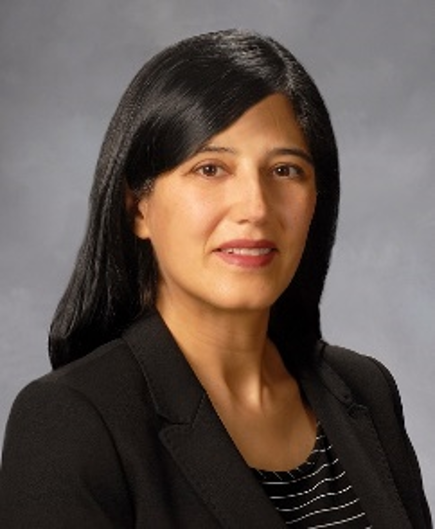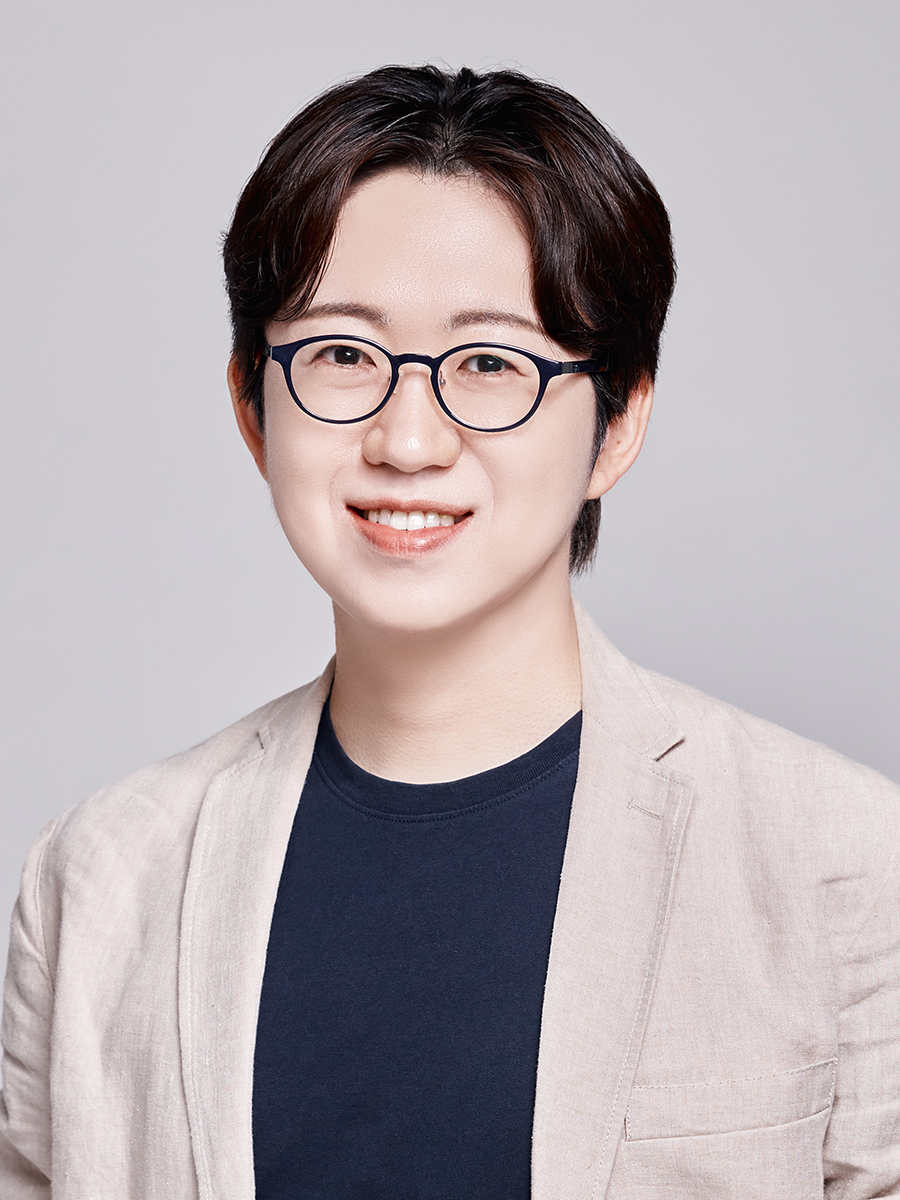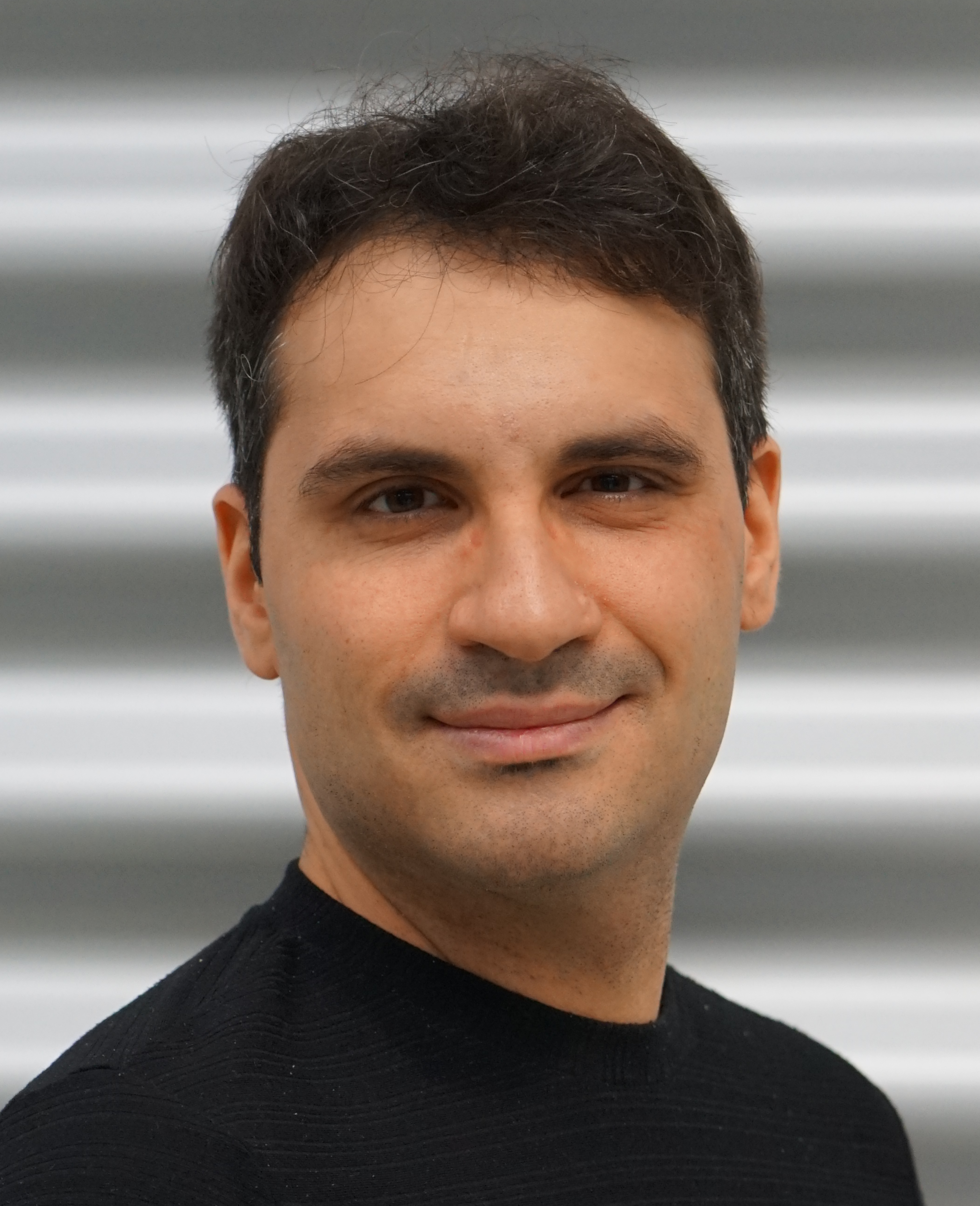
Electrical and Computer Engineering
University of California Santa Cruz, USA

Leila Parsa (Fellow, IEEE) received the Ph.D. degree in Electrical Engineering from Texas A&M University, College Station, TX in 2005. She is currently a professor in the department of Electrical and Computer Engineering at the University of California, Santa Cruz. From 2005 to 2016 she was a faculty member in the department of Electrical, Computer, and Systems Engineering at Rensselaer Polytechnic Institute, Troy, NY. Her research interests are in design, analysis and control of electromechanical energy converters and power electronics converters for various applications. Dr. Parsa was the recipient of several awards including the 2021 Nagamori Award, the 2009 Office of Naval Research Young Investigator Award, and the 2007 IEEE Industry Applications Society Outstanding Young Member Award. She has authored or co-authored over 150 journal and conference publications. Dr. Parsa has served in technical program committee of several IEEE conferences in various capacities and was the general chair of IEEE International Electric Machines and Drives Conference in 2023.
Advancements in Fault-Tolerant and Power-Dense Electric Drive Systems for Electrified Transportation and Aviation
In the rapidly evolving field of electrified transportation, fully electric drive systems are becoming essential across various sectors, including motorcycles, automobiles, trains, marine vessels, and, more recently, aircraft. These systems offer significant benefits, such as reducing fuel consumption, eliminating point-of-use carbon emissions, and enabling greater design flexibility. Key features for these drive systems include high efficiency, low weight, reliability, and low noise. Particularly in sectors like aerospace, where high reliability is critical, fault tolerance becomes a crucial requirement. In aviation, electric powertrains are increasingly favored due to their potential for lower CO2 emissions, reduced noise, and the ability to meet the growing demand for air travel. High power density is vital for these applications to meet strict weight and space constraints, while fault tolerance ensures operational safety and dependability. The ideal electric powertrain for aviation combines high-power density machines and drives with advanced thermal management systems. This talk discusses the design and control of electric motors for fully electric drive systems. Multi-phase machines are examined and control of healthy and faulty condition of five-phase motors is detailed. This control method allows post-fault operation at maximum torque, minimum torque ripple, and highest efficiency. Next, the unique flux-switching machine topologies including their superconducting variation are detailed as it can operate with greater power density.

Architectural Advancements in Motion Control for Modern Robotic Systems
As robots become increasingly sophisticated and integrated into everyday human life, the demand for compact, highly functional systems continues to grow. To address this need, small microprocessors are now replacing traditional control systems, such as data acquisition boards (DAQs). Advanced real-time motion control algorithms?such as nonlinearity compensation, trajectory generation, and various feedback controllers (e.g., disturbance observers, state feedback, and state observers)?are now embedded directly into compact motor drivers, eliminating the need for high-performance computers in real-time motion control applications. This trend is further driven by the integration of artificial intelligence in robotic control, which seeks to minimize the simulation-to-reality gap. Real-time motion control algorithms play a critical role in counteracting unwanted dynamics to ensure that robotic behavior closely aligns with simulated models. This presentation will explore the latest trends in hardware and software architectures for state-of-the-art robotic systems, with a focus on human-assistive robots. Practical examples will highlight these advancements, demonstrating their impact on functionality and design.

Gianluca Rizzello was born in Taranto, Italy, in 1987. He received the masterfs (Hons.) degree in control engineering from Polytechnic University of Bari, Bari, Italy, in 2012. He received his Ph.D. in Information and Communication Technologies from Scuola Interpolitecnica di Dottorato, a joint program between Polytechnic Universities of Torino, Bari, and Milano, Italy, in 2016. After his doctoral studies, he joined Saarland University, Saarbrucken, Germany, first with the role of a postdoc researcher and Group Leader Smart Material Modeling and Control (2016-2019), and subsequently as Tenure Track Assistant Professor in Adaptive Polymer Systems (2020 ? present). He is Technical Editor for IEEE/ASME Transactions on Mechatronics since 2022. He is currently involved in several international committees, including the IEEE IES Technical Committee on Motion Control (Chair on High-precision Control), the EuroEAP Society Conference Committee, and the VDE GMM Actuator Conference Programme Committee. He co-authored more than 200 peer-reviewed scientific publications in international journals and conferences in the areas of control engineering, smart materials, mechatronics, and robotics. His research interests include development, modeling, control, and estimation of soft robotic and mechatronic systems based on unconventional drive technologies, such as smart materials.
Modeling, Control, and Self-Sensing of Dielectric Elastomers: from Actuators to Soft Robots
Dielectric Elastomers (DEs) are flexible capacitors consisting of a highly deformable dielectric membrane coated with compliant electrodes. A DE can work as an actuator converting applied voltage signals into motion, as a sensor detecting changes in displacement or force based on capacitance variations, or even as a generator converting external mechanical stimuli into electrical energy. Actuation and sensing can be also performed simultaneously, achieving the so-called self-sensing mode. Self-sensing is highly attractive, since it allows to implement closed loop control architectures for DE systems without introducing additional position or force sensors. The unique combination of DE features, which include large deformations, high compliance, high energy density, low energy consumption, low cost, and self-sensing, allows to design new mechatronic actuators and soft robots capable of performance not achievable with conventional technologies. Despite their many attractive features, the practical use of DE transducers is limited by several factors, such as the high amount of voltage required for achieving a significant deformation (on the order of kV), or the strong input-output nonlinearity which significantly complicates design, modeling, and control. To enable the use of DEs in real-life applications, advanced control algorithms need to be developed to compensate these nonlinearities as well as to practically exploit self-sensing strategies. Once available, those algorithms will allow a whole new generation of smart actuators which are optimized in terms of dynamics performance and energy consumption, do not require external sensors to estimate their configuration and/or force, and provide real-time information on their aging process in an Industry 4.0 environment. In this talk, recent advances on smart algorithms for DE systems will be presented. Topics related to device modeling, model-based design optimization, motion control paradigms, position/force self-sensing, and sensorless control will be presented, with a special emphasis on engineering applications in the fields of micro-positioning actuators and soft robotics.